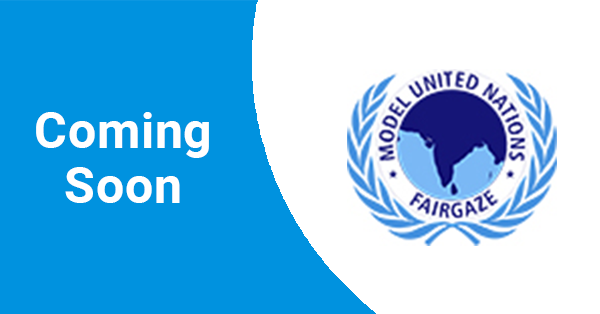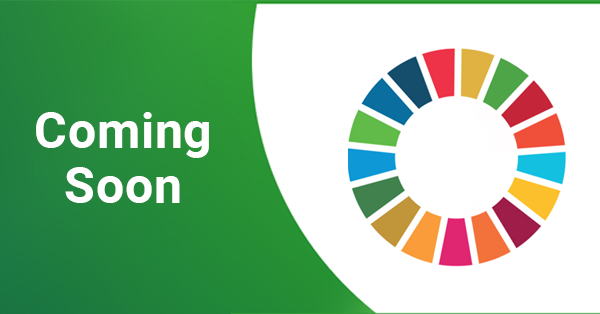
The limits of Communication
General News | Oct-21-2021
Communication technologies contribute to the displacement and dispersion of critical energy such that even as inequality has intensified, forming and organizing a coherent opposition has remained a persistent problem—and this in a setting lauded for the way it provides everyday people with new capacities for involvement. Participatory media is personalizing media, not only in the sense of surveillance and tracking but also in the sense of the injunction to find out for oneself and share one’s opinion. Ubiquitous personal communications media turn our activity into passivity, capturing it and putting it into the service of capitalism. Angry, enraged, desperate to do something, we look for evidence, ask questions, and make demands. Yet the information we need to act seems perpetually out of reach; there is always something we misunderstand or do not know.
Among the many stakeholders who care about the development and well-being of d/Deaf and hard of hearing (DHH) children, there is broad agreement about the importance of maximizing language proficiency, both as an intrinsically valuable human ability and as a crucial prerequisite for healthy development and successful outcomes in many other domains. To appreciate the importance of this distinction, consider the seminal research that led to the ban on lead paint in the United States. In a population-based sample, the mean IQ of children with low lead exposure was 106, compared to the mean IQ of 102 in children with high lead exposure. It has been well known since the pioneering work of Claude Shannon in the 1940s that a message transmitted with optimal efficiency over a channel of limited bandwidth is indistinguishable from random noise to a receiver who is unfamiliar with the language in which the message is written.
Government Senior Secondary School Bopara
Related News
-
Technological Advancements in the Field of Badminton
-
Steps to Manage Stress and Deal with Peer Pressure
-
Should Parents Punish Their Children For Every Mistake?
-
Sportsmanship And Its Importance
-
The Pop Culture In India
-
Life Without Gadget
-
Importance of Patriotism in Youth
-
Cricket V/S Hockey
-
My Aim In Life
-
Hockey – The National Game of India
Most popular news
- The Law Of Equivalent Exchange
- Essay On Issues And Challenges Of Rural Development In India
- Srinivasa Ramanujan And His Inventions
- The Youth Is The Hope Of Our Future!
- Poverty In India: Facts, Causes, Effects And Solutions
- Top 20 Outdoor Games In India
- Festivals Of India: Unity In Diversity
- Role Of Women In Society
- The Impact Of Peer Pressure On Students' Academic Performance
- Books As Companion
MUN Events

SDG Events


